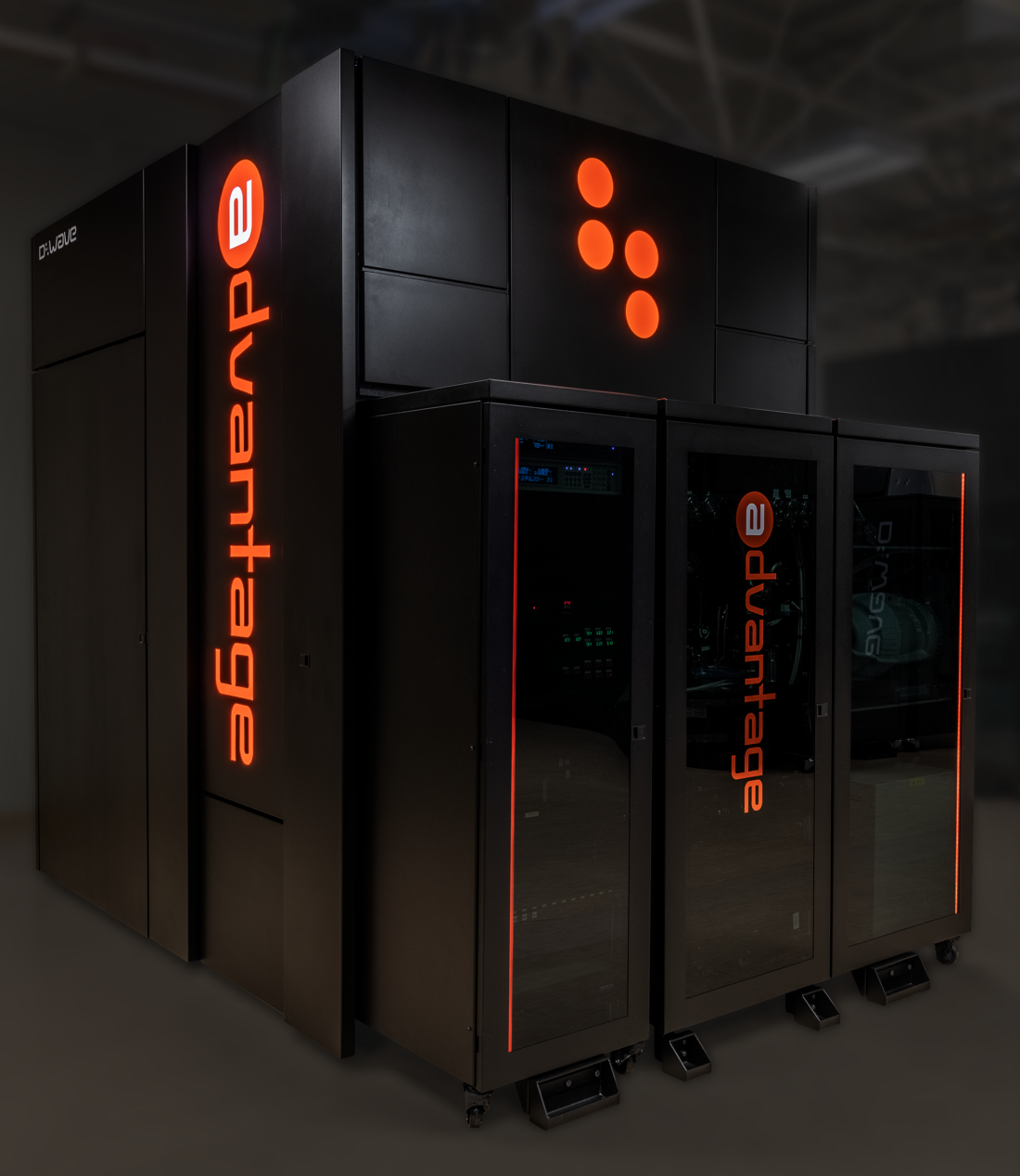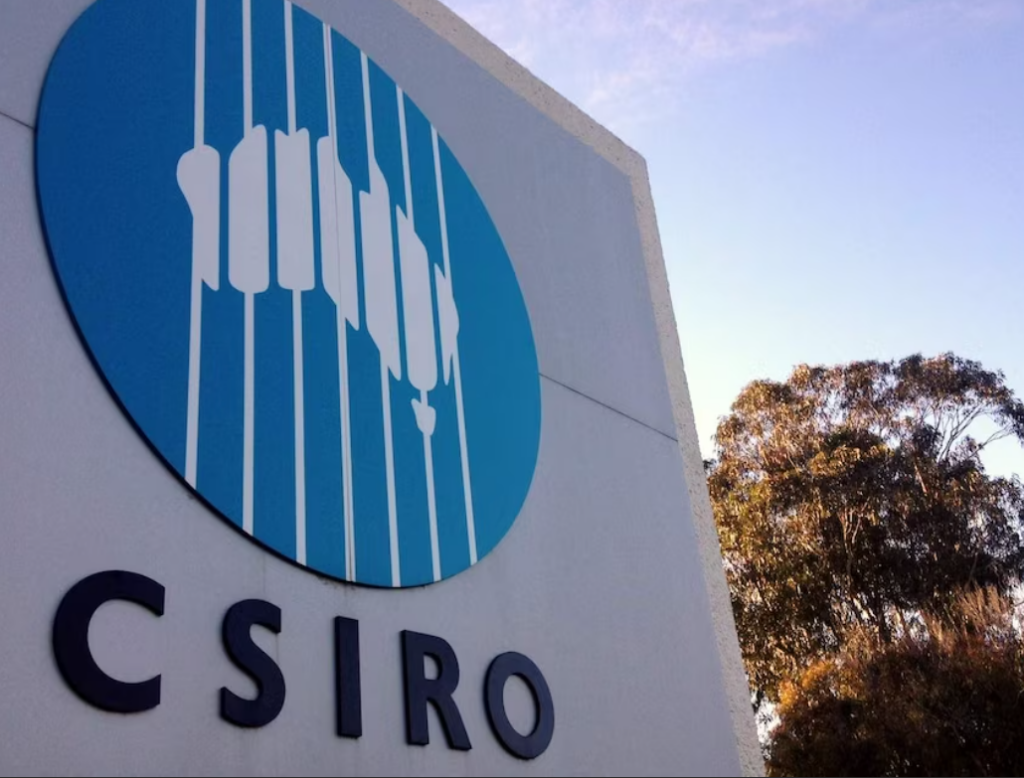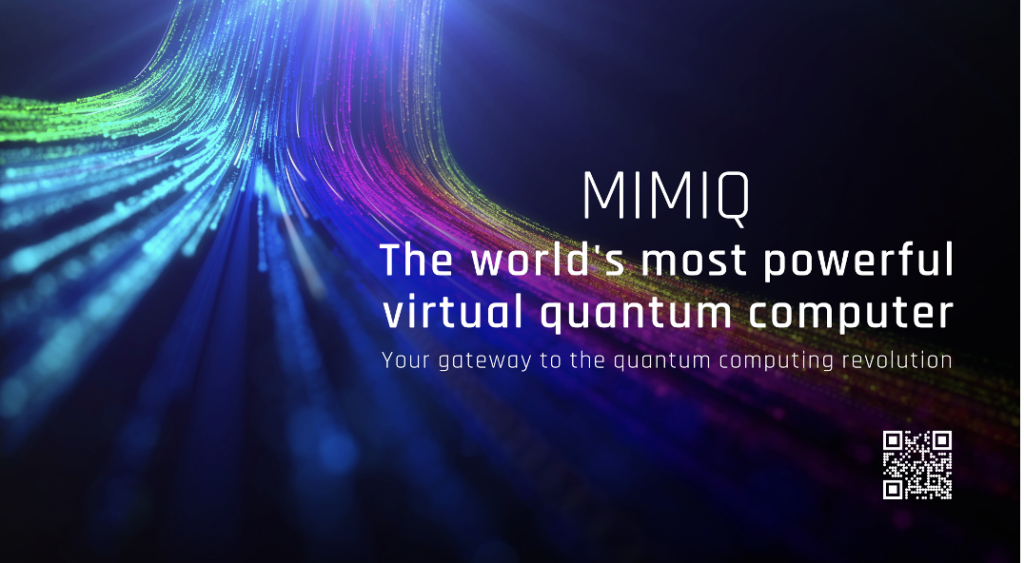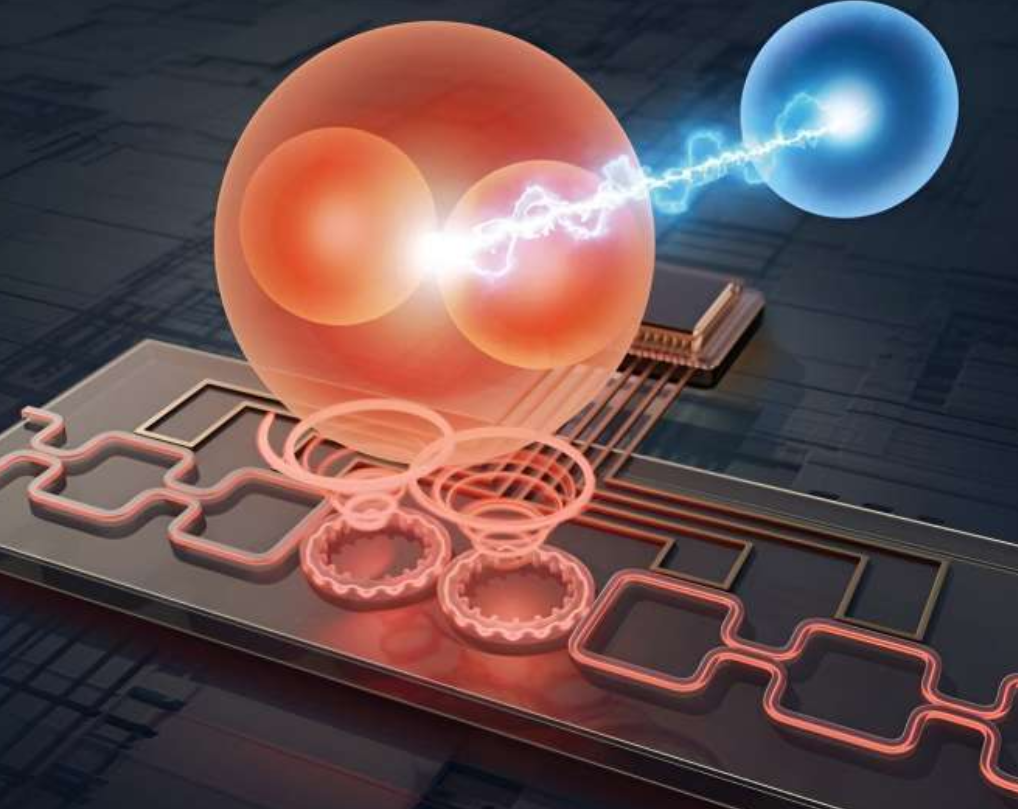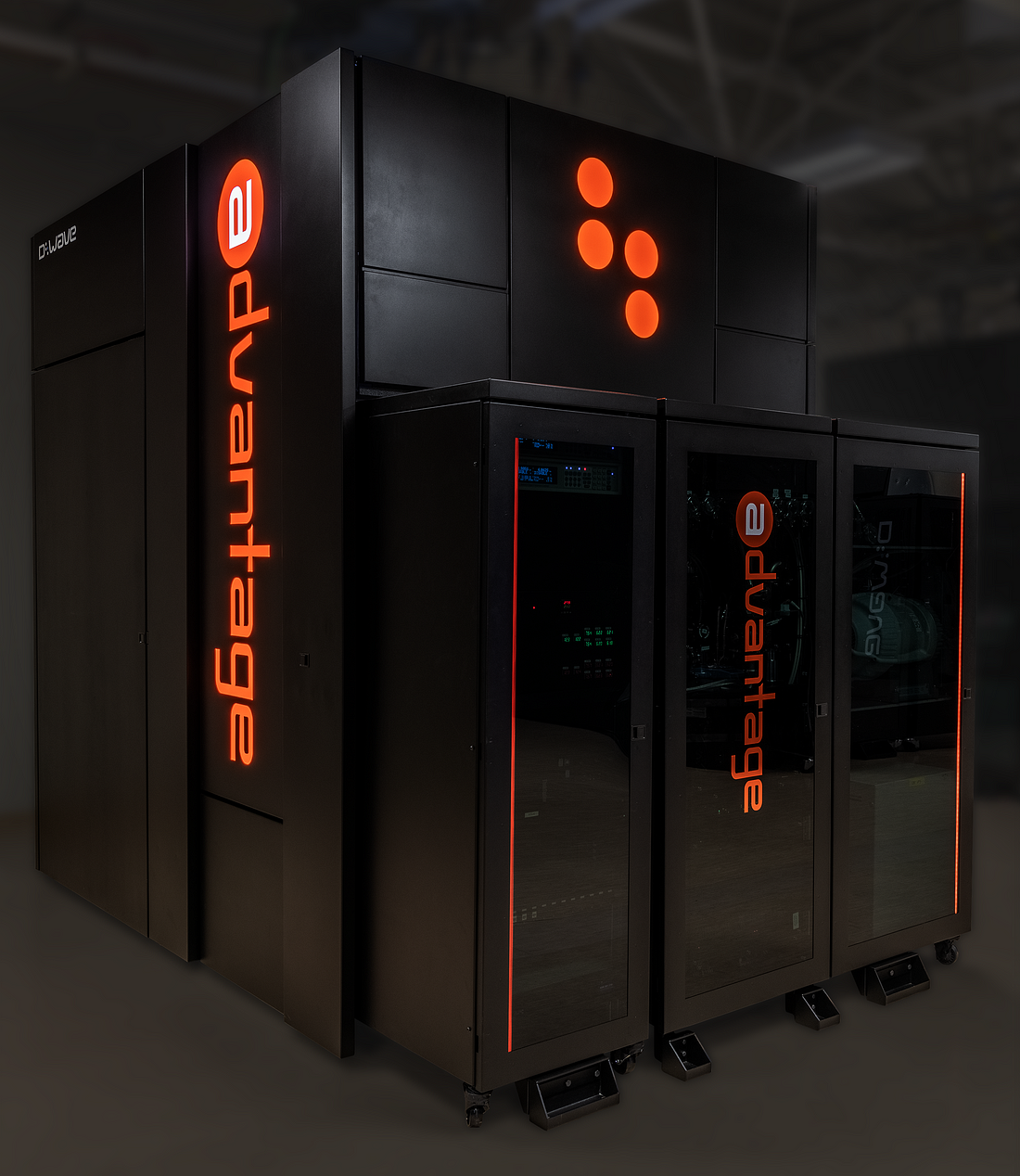
The D-Wave Quantum Computer, widely regarded as the world’s first commercial quantum machine, has a fascinating backstory. This article will attempt to bring you closer to the early endeavors, difficulties, and technological advantages that they brought to the Quantum Computing World.
D-Wave: First Quantum Computer Startup
When D-Wave Systems was founded back in 1999 by Haig Farris, Geordie Rose, Bob Wiens, and Alexandre Zagoskin, it became the world’s first startup to pursue the goal of having a Quantum Computer inscribed in history. Since then, twenty-three years have passed and hundreds of startups have emerged globally, with different scientific approaches and qubit modalities. Even the big multinationals, Microsoft and Google two good examples, have started their own quantum computing (QC) divisions in a move to be the first to make a breakthrough with quantum computers leveraging quantum mechanics.
Technology Behind D-Wave’s Quantum Computer
D-Wave employs an approach called Quantum Annealing (QA), an optimization process for finding the global minimum of a given objective function over a given set of candidate solutions by a process using quantum fluctuations. The basic Quantum Annealing idea is to encode the problem into the energy levels of the material, and then allow the material to reach its lowest energy state, which corresponds to the solution of the problem.
Development of D-Wave Quantum Computer
Before we move to the here and now, however, let us take a quick trip into the past.
D-Wave’s debut quantum computer, the world’s first commercially available machine, is the 128-qubit superconducting adiabatic quantum optimization processor. D-Wave One (codename: Rainier) came out in 2011, though 2007 saw the company demonstrate the Orion system, running three different applications at the Computer History Museum in Mountain View, California. This marked the first public demonstration of, supposedly, a quantum computer and associated service.

Since then, D-Wave company — now led by CEO and President Alan Baratz, an individual with over 25 years of experience in product development and bringing new products to market at leading technology companies and software startups — has built four more quantum machines:
• 512-qubit D-Wave Two (codename: Vesuvius, 2013)
• 1152-qubit D-Wave 2X (codename: W1K, 2015)
• 2048-qubit D-Wave 2000Q (codename: W2K, 2017)
• 5640-qubit Advantage (codename: Pegasus P16, 2020)
This leads us on to the present, and the June 16th announcement showcasing an experimental prototype of the next-generation Advantage2 annealing quantum computer in the Leap™ quantum cloud service.
The d-wave computer prototype has 500 plus qubits, woven together in the new Zephyr topology with 20-way inter-qubit connectivity and enabled by an innovative new qubit design.
The final version, expected to feature 7000 qubits — a significant improvement on qubit number since the current Advantage iteration — will have a new qubit design, enabling 20-way connectivity between qubits in a new topology.
On this achievement, Emile Hoskinson, a physicist and Director of Quantum Annealing Products at D-Wave, said:
“We’ve been building annealing quantum computers for more than 15 years. In those years, we’ve been able to create a scalable manufacturing and product development cycle. With Advantage2, those learnings have accelerated our ability to bring innovations in fabrication processes and materials, and hardware and software more quickly into our development cycle.
The Advantage2 prototype is designed to share what we’re learning and gain feedback from the community as we continue to build towards the full Advantage2 system. Our current Advantage quantum computer was completely re-engineered from the ground up. With Advantage2, we’re pushing that envelope again — demonstrating that connectivity and reduction in noise can be a delivery vehicle for even greater performance once the full system is available. The Advantage2 prototype is an opportunity for us to share our excitement and give a sneak peek into the future for customers bringing quantum into their applications.”
D-Wave’s Quantum Computing Cloud Services
Already, D-Wave provides certain features to customers through its Real-Time Quantum Cloud Service Built for Business, Leap™, which offers real-time access to its Advantage quantum computer and quantum hybrid solver service, all with enterprise-class performance and scalability. These include:
• Learning Quantum Programming by expanding a person’s knowledge of quantum computing and getting started building quantum applications today. With the Quantum Computing Core Training Class, users can accelerate quantum application development and ramp up quickly with training and mentorship. Customers gain access to the Leap community and D-Wave experts to gain new ideas and skills while differentiating themselves in the marketplace
• ROI Calculator, intended for illustrative purposes only to show a hypothetical example of potential ROI you could achieve with D-Wave technology
Another feature that can benefit those interested is “The On-Board to Quantum Computing Program for Business”, an initiative that addresses the pain points countless businesses encounter in four easy steps.
So, Is D-Wave Really a Quantum Computer?
With all the prestige as “The First” it has, criticism has come from some quarters as to whether the Burnaby, Canada-based company’s annealing machines are really quantum computers at all. This is especially pertinent when comparing D-Wave Quantum Computer to gate-based model (though D-Wave announced plans last year that they will work on universal gate-base quantum computers as well in the future), two different approaches to building quantum computers.

It’s not The Quantum Insider’s role to declare which of the two architectures is or isn’t a quantum computer and get into the nitty-gritty of scientific and research politics, though one task quantum annealers (QA) do a great job at is with issues regarding optimization.
You may also like:
- Is D-Wave Stock a Good Investment in 2022 [+How to Invest]
- D-Wave & Mastercard Take Quantum Leap into Future of Financial Services
- D-Wave Prepares to Raise $340 Million Through SPAC, Approx $1.6 Billion Valuation
If you found this article to be informative, you can explore more current quantum news here, exclusives, interviews, and podcasts.


